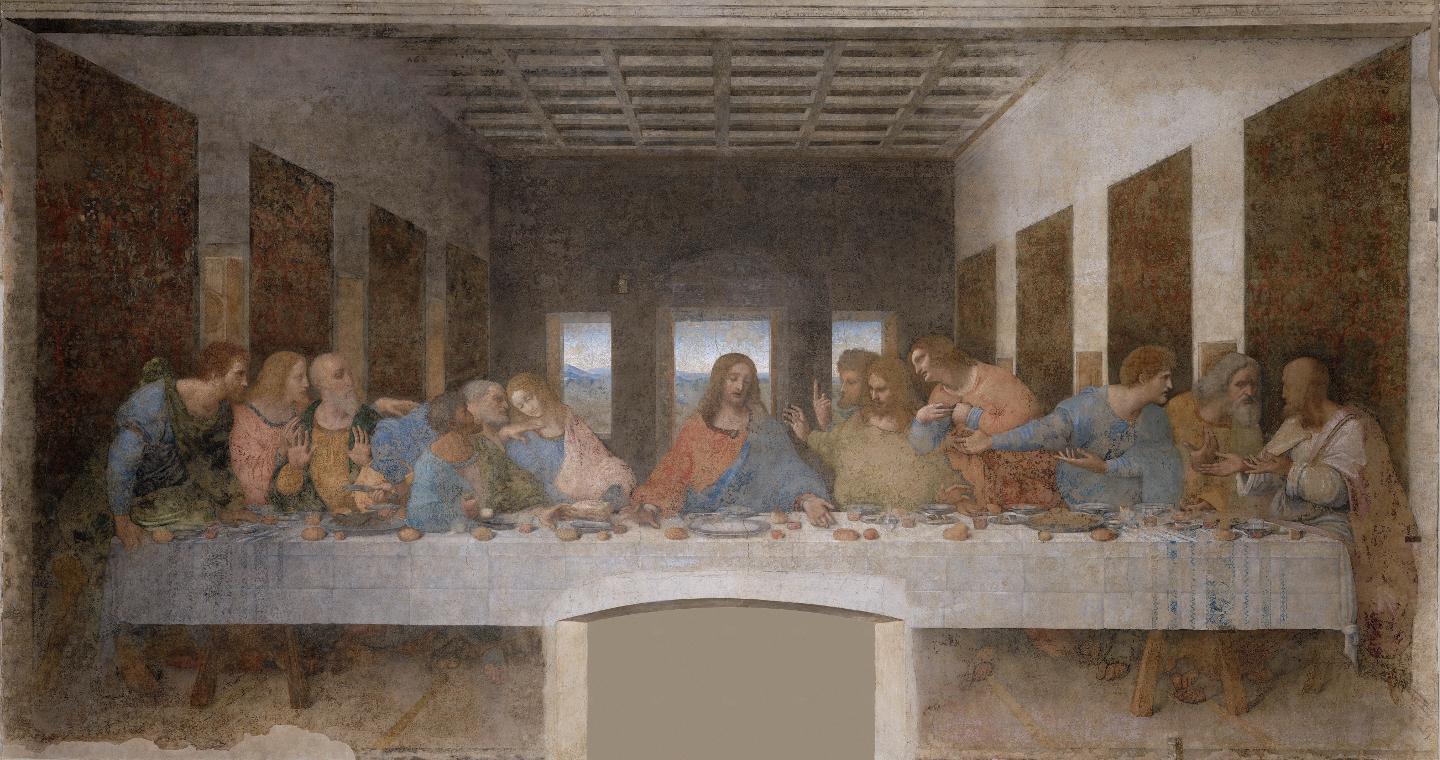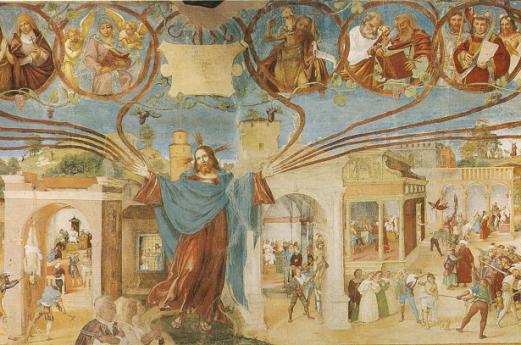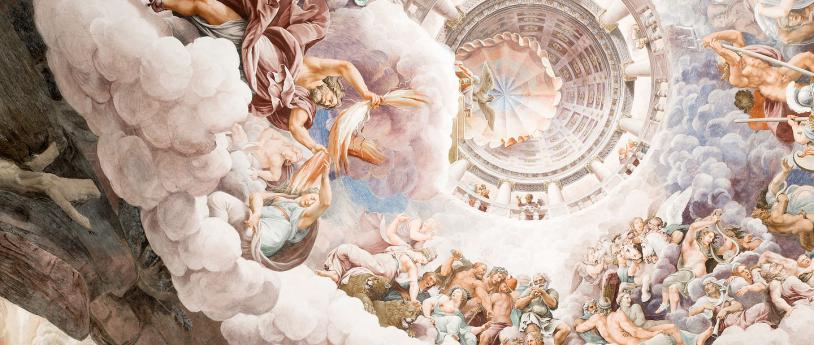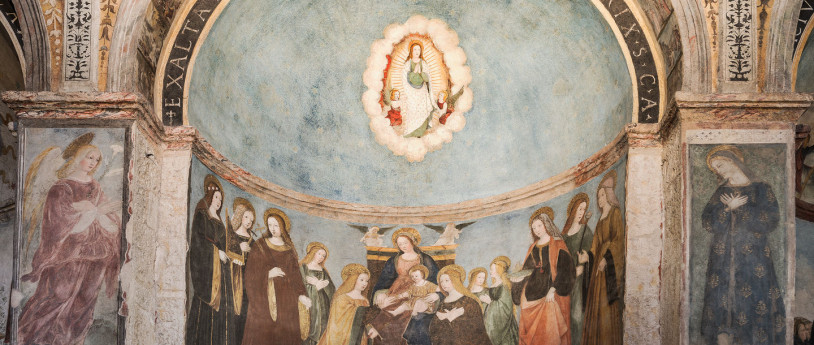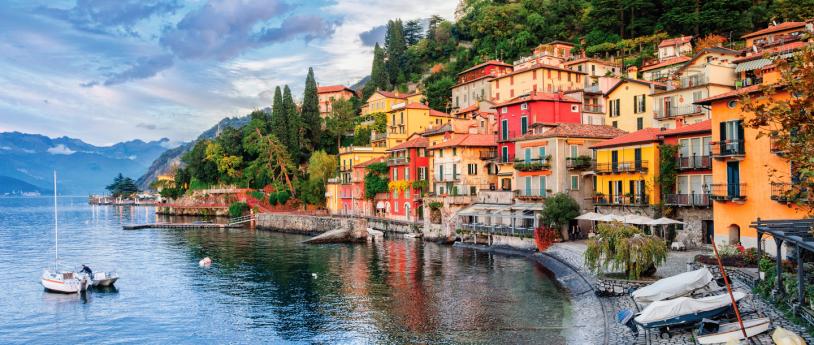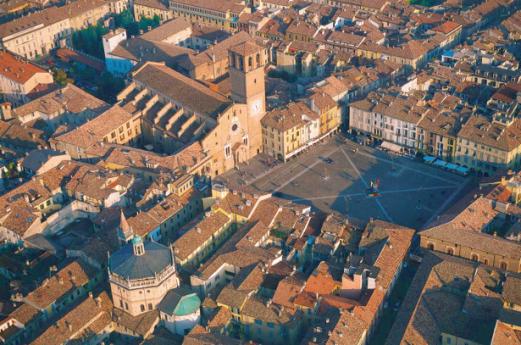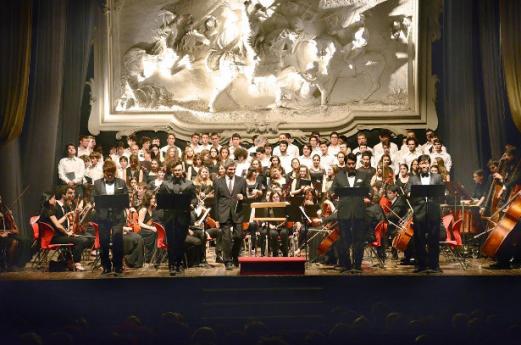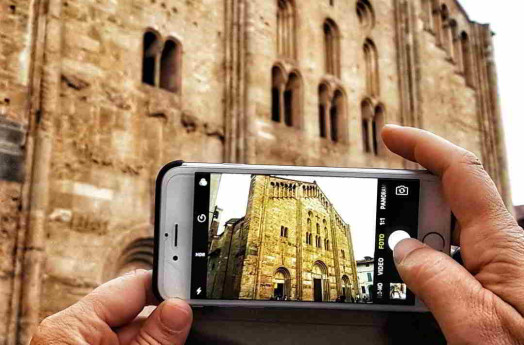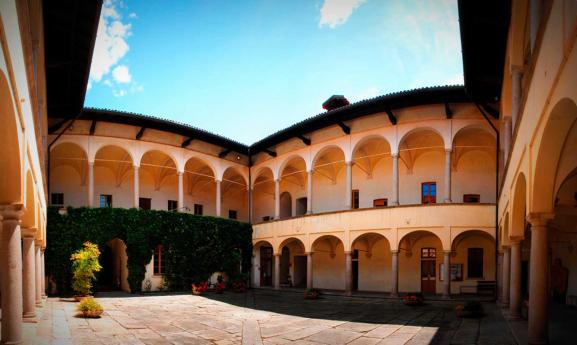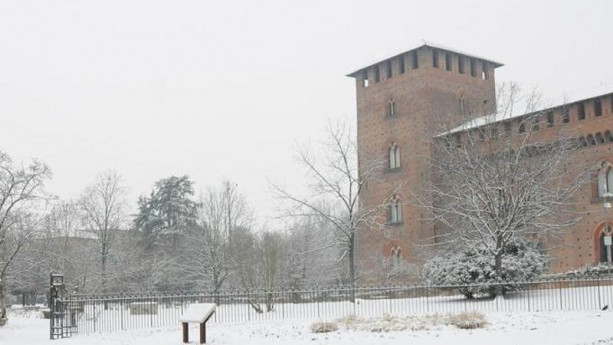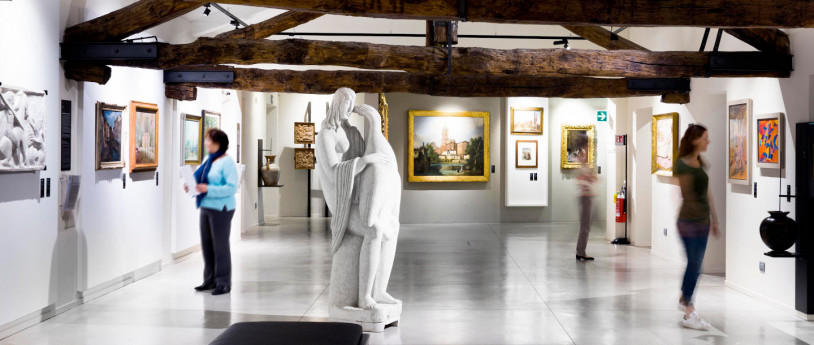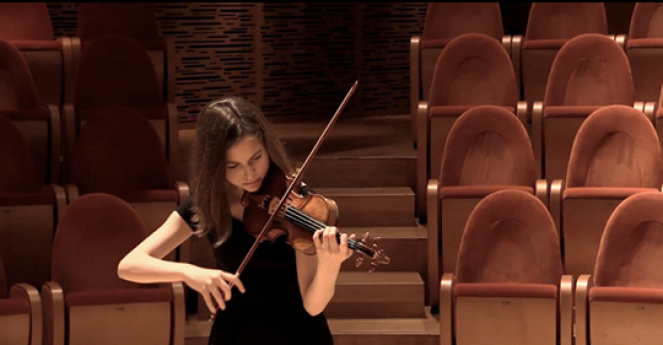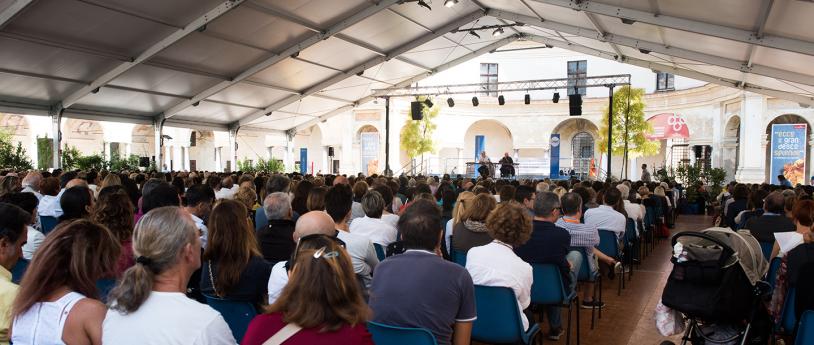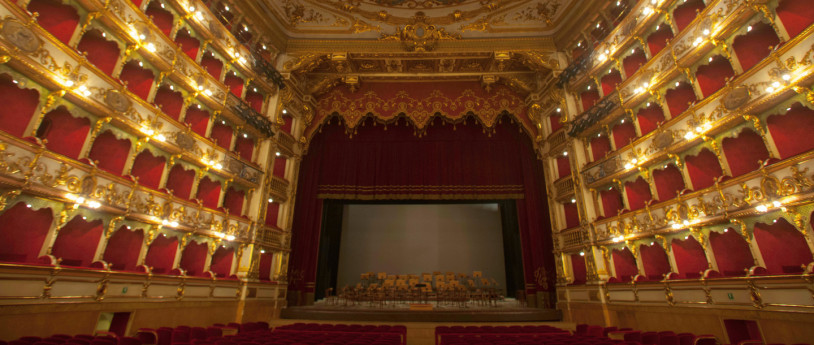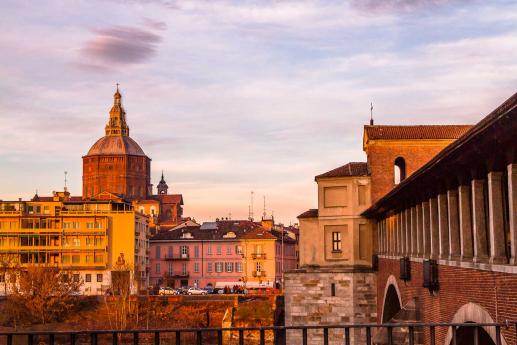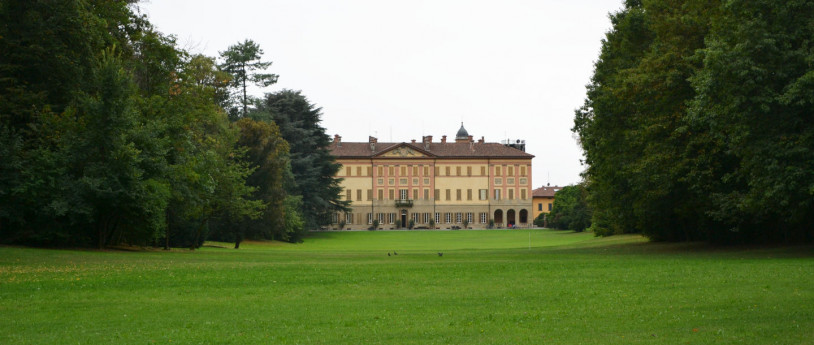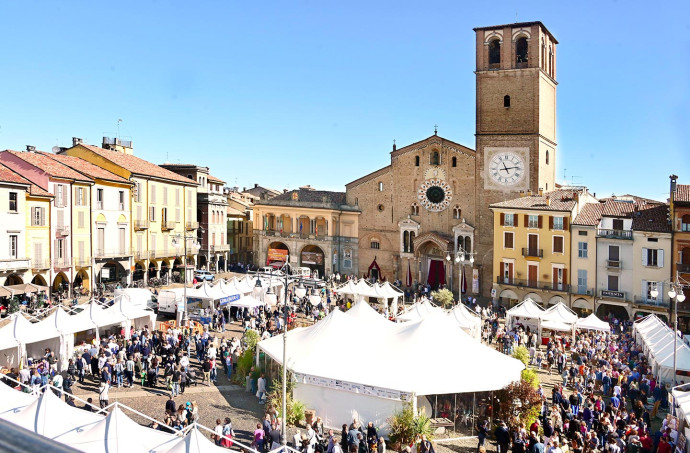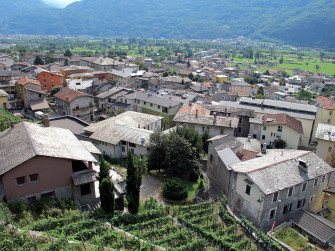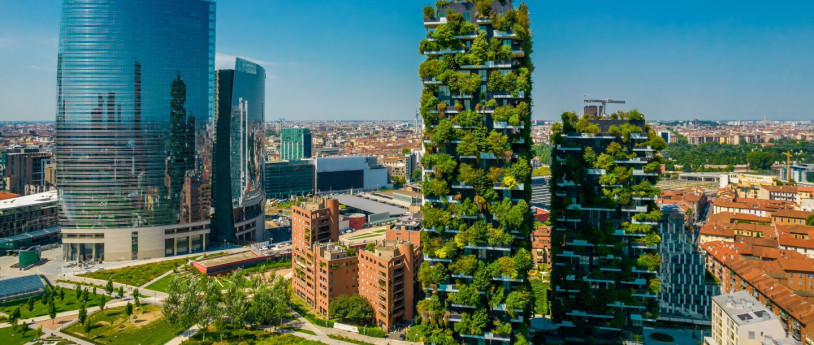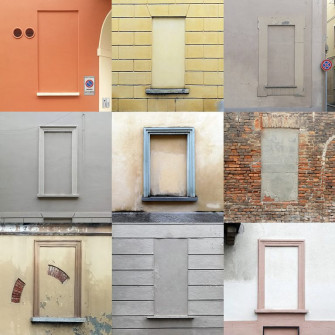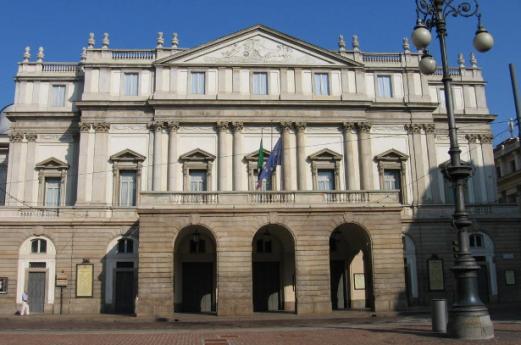- Art & Culture
- Leonardo
Milan, following Leonardo’s footsteps
Milan, ruled by the magnificent and powerful House of Sforza, played a pivotal role in the creative, entrepreneurial and financial scene of the last two decades of the 1400s.
Thirty year old Leonardo da Vinci could not resist its charm. He arrived in Milan in spring 1482, strangely as a musician. He amazed the Court of Ludovico Sforza “The Moor” by playing a horse head-shaped silver lyre which he had designed himself. He played as nobody had ever done before.
It was only a taste of what Leonardo’s inventive genius was to show them during his stay in Milan and Lombardy. Even today, it is fascinating to define an itinerary following the footsteps of the great genius from Florence. The journey has to commence from the capital city of Lombardy, precisely from the refectory of the convent of the Church of S. Maria delle Grazie, where one of the most famous works in the universal history of painting, “The Last Supper”, is displayed.
With its faint and mysterious persistence of shapes and hues, despite the damage wrought by both time and humans - it was miraculously saved by the friars during World War 2 bombings - it is Leonardo’s only dry mural painting performed without the fresco technique. It still fascinates hundreds of thousands of visitors.
When he was about to complete “The Last Supper” in 1498, Leonardo received a vineyard as a gift from the Duke. Its pergolas survived until the 1943 bombings, a short distance from S. Maria delle Grazie, behind the façade of what used to be the Atellani House. Recent agronomic studies have recovered the roots of that 15th century vineyard, restoring one of the city’s most suggestive sites associated with the artist, “Leonardo’s Vineyard”.
A short distance away, in the ancient Monastery of S. Vittore al Corpo, the “Leonardo da Vinci” National Science and Technology Museum presents a gallery displaying faithful reconstructions of Leonardo’s machines.
From the Museum, it is possible to continue the walk through the city – using the new app LeonardoAround - towards another crucial site, the Sforza Castle that was converted into one of the most sumptuous Renaissance palaces in Europe in 1494-1499 due to Leonardo’s engineering and artistic contributions.
In addition to the memory of luxurious parties at Court, such as the memorable Feast of Paradise organised under Leonardo’s scenic direction to celebrate the nuptials of Gian Galeazzo Maria Sforza and Isabella of Aragon in 1490, today we have Leonardo’s oil mural paintings that adorn the vault and a wall of Sala delle Asse (room of the wooden boards), on the ground floor of the north-eastern tower called “the Falconer”.
Another part of the Castle, the Biblioteca Trivulziana Library, houses the Trivulziano Codex. Written in 1478-1490, it contains architectural studies and caricatures. Another precious autographed manuscript is the Codex Atlanticus comprising over 1,110 written sheets and drawings by Leonardo, preserved at the Ambrosian Library. Leonardo was amazing even after he left the city.
An impressive scholar in the field of hydraulics, he carried out complex studies of canals and lock gates that, to date, characterise the Navigli landscape, from the Naviglio Grande, towards Ticino and Lake Maggiore, to the Naviglio della Martesana, that links Milan to the Adda River running north east. Along the Adda, in the provinces of Milan, Bergamo and Lecco, you can visit the Ecomuseo Adda di Leonardo. Its outdoor path combines nature, landscape and technological sites. In Imbersago, on the Brianza shores, a ferry still connects the two sides of the river running on the dynamic principle of ropes and currents.
During his stay in Lombardy, Leonardo is believed to have provided advice for construction works of the Pavia Cathedral’s dome, which was built only in the 1800s, and for the Doge’s Square in Vigevano, a jewel with its adjacent castle. Today, its halls host the new museum “Leonardiana” on the life and works of the Maestro from Florence.
In conclusion, to get an idea of the shape and proportions of the largest equestrian statue in the world – which was designed and planned by Leonardo in memory of Duke Francesco Sforza – visitors can go to the San Siro Racetrack to admire a copy of it.
